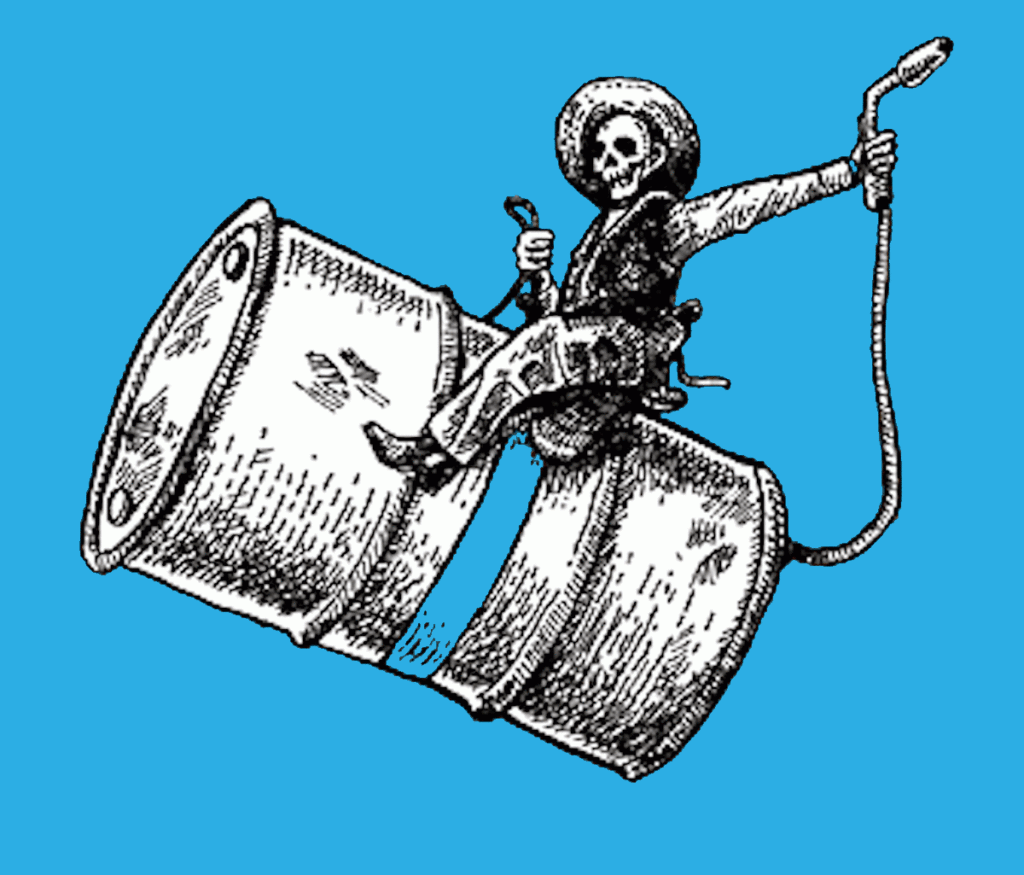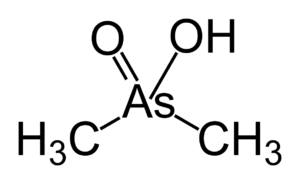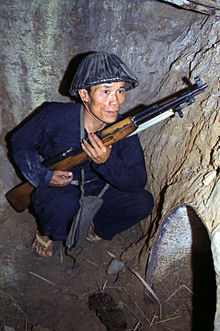Agent Blue Haunts Vietnam War Vets
ANGLO AMERICA, 21 Dec 2020
Mike Tharp | Asia Times - TRANSCEND Media Service
This US-manufactured defoliant used in the Vietnam War has no half life: its poison keeps on poisoning forever.
Agent Blue, an arsenic-based herbicide, is becoming known because it has no half-life – in other words, it lasts forever in soil, sediments, rivers, canals and public water supplies.
Once it is in the environment, its toxicity is magnified as it moves up the food chain, slowly killing and disabling humans as it accumulates in the body.
Kenneth Olson, professor emeritus of soil science at the University of Illinois and a US Army Vietnam-era veteran, has studied and published on the soils and sediments of South Vietnam, the roles they played in Vietnam warfare and the legacies left behind.
Olson’s recently released paper, “The Fate of Agent Blue, the Arsenic Based Herbicide Used in South Vietnam during the Vietnam War,” is co-authored with Larry Cihacek, also a US Army veteran, who is professor of soil science at North Dakota State University. It is their most recent in a series of papers on Vietnam soils and sediments and herbicide persistence in the environment.
“Agent Blue was sprayed on 100,000 hectares (one hectare is about 2.5 acres) of mangrove forests and about 300,000 hectares of rice paddies just before rice harvest time,” Olson said. That “resulted in destroying the standing crop and contaminated soils and water sediments with arsenic.”
Six “rainbow” herbicides, commonly called Agents Orange, Green, Pink, Purple, White, and Blue, were sprayed on wetlands, rice paddies, forests, mangroves, bamboo groves and military base perimeter fences to defoliate jungle vegetation, reveal guerrilla hiding places and destroy the food supply of enemy troops.
South Vietnamese farmers, US and South Vietnamese military personnel and communist insurgents were exposed to those herbicides with immediate and longer-term impact on personal health, civilian household food security and population-wide famine.
Cihacek, a soil chemist, said, “Agent Blue was the most effective of all the rainbow herbicides in killing rice and grasses and persisted in the soil after the crops were destroyed.”
Manufacturing of this acid began in the late 1950s in the United States at the Ansul Company chemical plants in Marinette, Wisconsin, and Menominee, Michigan. During the Vietnam War, oceangoing ships were loaded with 205-liter Agent Blue barrels and shipped via the Saint Lawrence Seaway to the coast of South Vietnam.
Arsenic is a naturally occurring element found throughout Southeast Asia deltas, including the Mekong Delta. Today, arsenic-contaminated rice and groundwater are growing concerns as neither naturally occurring arsenic nor anthropic arsenic has a half-life and neither can be destroyed.
Arsenic that’s in place due to human intervention has remained in the Mekong Delta environment for the last 60 years and has added to persistent arsenic contamination in water supplies, sediments and soils. Water-soluble arsenic primarily leaches into the soil root zone and the groundwater or is carried by floodwater into adjacent waterways or volatilized under anaerobic rice paddy conditions as arsine gas.
The health of 15 million Vietnamese people living in the Mekong Delta is at risk from the combination of manufactured and natural arsenic in drinking water and food supplies. The arsenic in contaminated rice paddy soil, sediment and water is taken up by fish or shrimp, or by crop vegetation; trace amounts can end up in the rice grain and food crops.
Bioaccumulation of arsenic in fish, shrimp and birds increases the concentration of arsenic throughout the food chain, leading to a biomagnification of its toxicity in the Vietnamese people.
According to Olson, “It is urgent that elevated arsenic concentrations in water supplies and agricultural products be identified and mitigated through better runoff control and groundwater management; improved rice genetics and alternate crop selections; shifts in crop management associated with tillage, fertilization and phosphorus use; and systematic monitoring of food and drinking water.”
In 2001 the US Agency for Toxic Substances and Disease Registry ranked arsenic as number 1 on its list of hazardous substances at Superfund sites – polluted areas needing cleanup of hazardous contaminants.
Olson’s early published work on Vietnam soils was the result of a 2016 trip to South Vietnam to study the Cu Chi and Iron Triangle soil tunnels in an attempt to determine why those tunnels were so resilient and stable, so hard to destroy with bombs during the Vietnam War. The answer was in the nature and properties of the soils.
When the soil tunnels were aerated and dried, the soil wall took on properties similar to concrete and no additional wooden external support beams were needed to hold up the ceilings.
Olson and Lois Morton’s co-authored soil tunnels paper “Why Were the Soil Tunnels of Cu Chi and Iron Triangle in Vietnam So Resilient?” was published in the Open Journal of Soil Science in 2017. It attracted considerable attention from US and Vietnam veteran groups, military historians and Vietnam War archivists in both the United States and Vietnam.
A follow-up by Olson and Morton published in 2019, “Long-term Fate of Agent Orange and Dioxin TCDD Contaminated Soils and Sediments in Vietnam Hotspots,” examined the persistence of dioxin in South Vietnam soils, sediments, water and the food supplies. Both publications were gratefully received by veterans who had served on Vietnam soil. Several, after reading this work, contacted Olson to better understand his research and the implications for soldiers serving during the Vietnam War and Vietnamese civilians.
As a result he began to informally convene an unofficial Band of Retirees (mostly Vietnam, Vietnam-era veterans and university agriculture professors) to discuss, fact-check and collaborate on research and writing projects, especially this most recently published paper on Agent Blue.
The Merry Band of Retirees mission is an educational mission, code-named “Operation Divine Providence.” The committee members share personal experiences and scientific information among themselves and with others to educate Vietnam and United States governments, militaries, veterans and civilians about the environmental impacts of the spraying of Rainbow herbicides more than 50 years ago during the Vietnam War.
Olson said the group members were also an important source for ground truthing, checking facts, research, writing, review and distribution of the Agent Blue article. They view their work as an “educational and historic gift to the Vietnamese” from US Vietnam veterans and Vietnam-era soldiers.
___________________________________________
Mike Tharp won a Bronze Star for his US Army service in Vietnam. He was also a correspondent in Tokyo for the Wall Street Journal, New York Times, Far Eastern Economic Review and US News & World Report. He was president of the Foreign Correspondents Club of Japan 1989-90.
Tags: Agent Orange, US Military, USA, Vietcong, Vietnam War
DISCLAIMER: The statements, views and opinions expressed in pieces republished here are solely those of the authors and do not necessarily represent those of TMS. In accordance with title 17 U.S.C. section 107, this material is distributed without profit to those who have expressed a prior interest in receiving the included information for research and educational purposes. TMS has no affiliation whatsoever with the originator of this article nor is TMS endorsed or sponsored by the originator. “GO TO ORIGINAL” links are provided as a convenience to our readers and allow for verification of authenticity. However, as originating pages are often updated by their originating host sites, the versions posted may not match the versions our readers view when clicking the “GO TO ORIGINAL” links. This site contains copyrighted material the use of which has not always been specifically authorized by the copyright owner. We are making such material available in our efforts to advance understanding of environmental, political, human rights, economic, democracy, scientific, and social justice issues, etc. We believe this constitutes a ‘fair use’ of any such copyrighted material as provided for in section 107 of the US Copyright Law. In accordance with Title 17 U.S.C. Section 107, the material on this site is distributed without profit to those who have expressed a prior interest in receiving the included information for research and educational purposes. For more information go to: http://www.law.cornell.edu/uscode/17/107.shtml. If you wish to use copyrighted material from this site for purposes of your own that go beyond ‘fair use’, you must obtain permission from the copyright owner.


